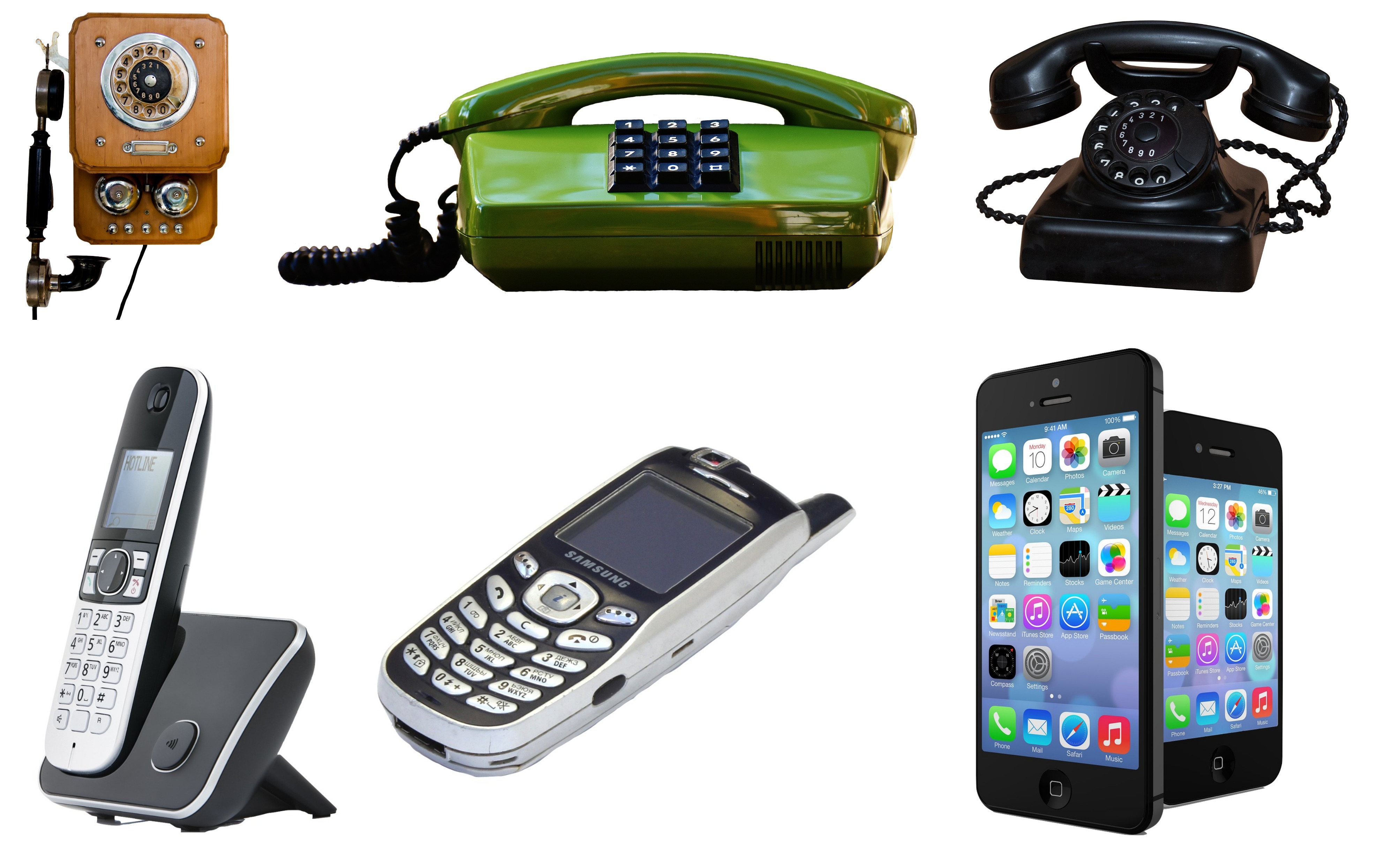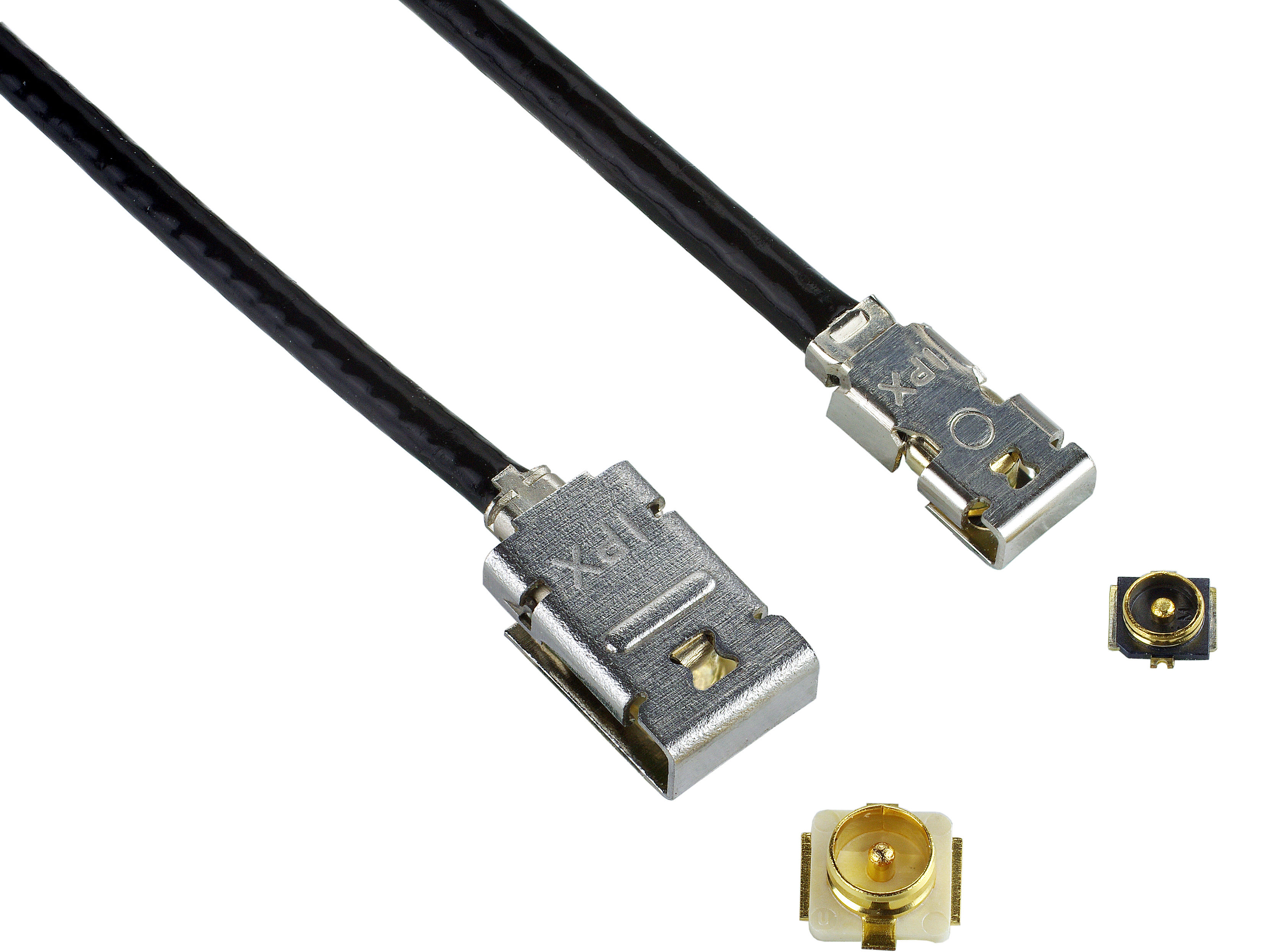An Inseparable Duo: Wires and Wireless Technologies
The evolution of the telecommunications industry began with a simple wire that expanded to become today’s fully interconnected and increasingly wireless world.

Throughout human history, we have strived to improve how we communicate with each other. From foot messengers and horses to email, text, and video chat, we have increased the speed at which information is shared between individuals or the masses. The invention of the electrical telegraph in the early 1800s forever changed how humanity communicated. The channel was essentially a simple wire that connected the telegraph operator stations. It was an evolutionary leap forward from using horses to carry messages, but it still relied on someone to encode and decode the Morse code message. The second half of the 19th century heralded the first voice phone call, which rapidly spurred the development of a new industry and its need for special components to connect the system together more effectively. The modern telecom industry — now largely wireless — has its roots in these simple, wired technologies.

Nearly 100 years passed between the arrival of the telegraph and the first wireless radio transmission. In 1920, the world heard its first wireless radio broadcast in Pittsburgh. This landmark demonstrated an evolution in connections in which Maxwell’s four famous equations that describe electromagnetism were applied to create antennas. Radio — also known as “the wireless” — was great but it only worked one way. This was acceptable since transmission stations were expensive and required a large antenna to transmit across as far a distance as possible omnidirectionally. The receivers in people’s homes were simple and far less costly, and enabled access to broadcast entertainment.
Over the next six decades, we saw incremental progress in two-way communication modes. From walkie-talkies to CB radios, a series of new technologies arrived that required connectors and antenna structures to adapt. The 1970s and 1980s bore witness to the development of the first cellular, or 1G, network. The devices that utilized this network featured antennas shrunk down to the smallest possible functional size, but the devices were still massive and had a short battery life. Around the same time, some of the first cordless phones entered our homes. Several more, now ubiquitous, devices followed, such as the home Wi-Fi router, baby monitors, and others. Remote-controlled cars, boats, planes made their appearance during this time. As we evolved through the wireless generations, automobiles and freight management utilized wireless technologies. Ultimately, every aspect of our society and economy were transformed.
With each new generation, human productivity and data generation has increased. While the frequencies have increased, antennas and interconnect solutions have scaled down to miniature sizes while handling greater power and signal volumes. In addition to the ever-smaller size of components, the source of innovation for communication technologies shifted from government and military research to private companies. The upgrade cycles for interconnect technology are now measured in a few years versus decades.

I-PEX® MHF® I LK and MHF® 4L LK Micro RF Coaxial Connectors, with a unique locking feature, are ideal for connecting high-speed devices in shock and vibration environments.
As we approach the centennial anniversary of wireless communication and the birth of 5G, we peer inside the promise of a fully interconnected world. The demands for 5G, connected-vehicle-to-everything transmission (V2X), and the ever-expanding Internet of Things (IoT), show an electronics industry rife with innovation, encompassing a global network of smartphones, towers, sensors, antennas and IoT gateways. The impending arrival of 5G has driven the need for new interconnect systems and antennas to satisfy millimeter wave communication.
Conversely, the quantity demand is inversely proportional to the comparative cost. The cost of consumer 5G interconnects and antennas are orders of magnitude less than their military/aerospace counterparts. This has necessitated leaps in technology for antennas and interconnect solutions. Interconnect technology has grown beyond CNC technology into stamp and die technologies. Simultaneously, antenna technologies have had to evolve from single band to multi-band and simple whip antennas to LDS antennas. Older technologies are not obsolete. In fact, the growth in IoT related industries has given new life to these older, stable, and proven designs, where space is not a problem, but reliability is crucial.
Wireless spectrum is vast, and each band has use or potential for future technologies. There cannot be wireless technology without the wires. The constant throughout humanity’s wireless odyssey are the antennas and the interconnects that attach the antenna to the device enabling the device to be connected to the world.
Learn more about I-PEX Connectors.
Like this article? Check out our other Connector Basics articles, our 2019 Article Archive, and our Datacom/Telecom Market Page.
- An Inseparable Duo: Wires and Wireless Technologies - June 25, 2019





